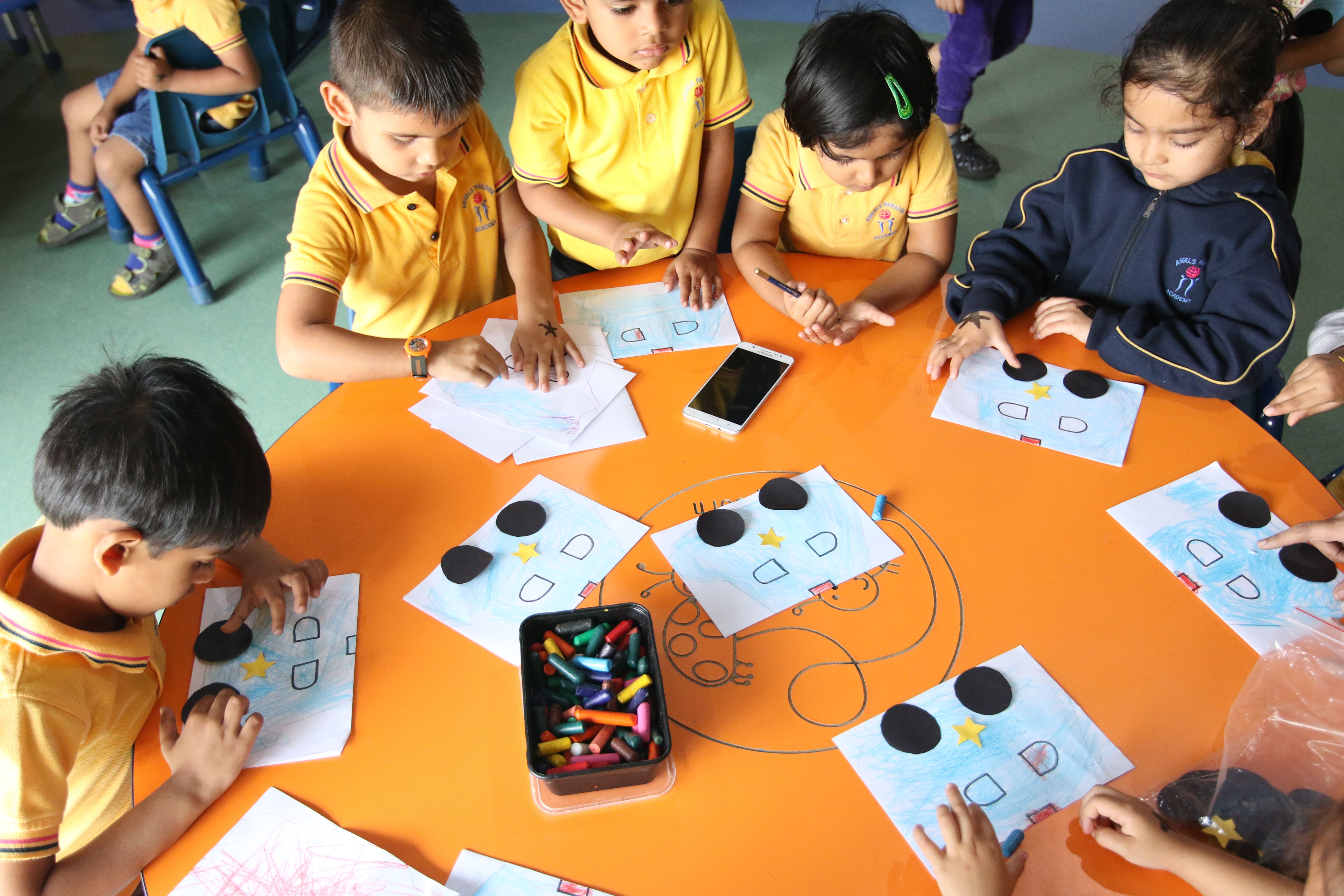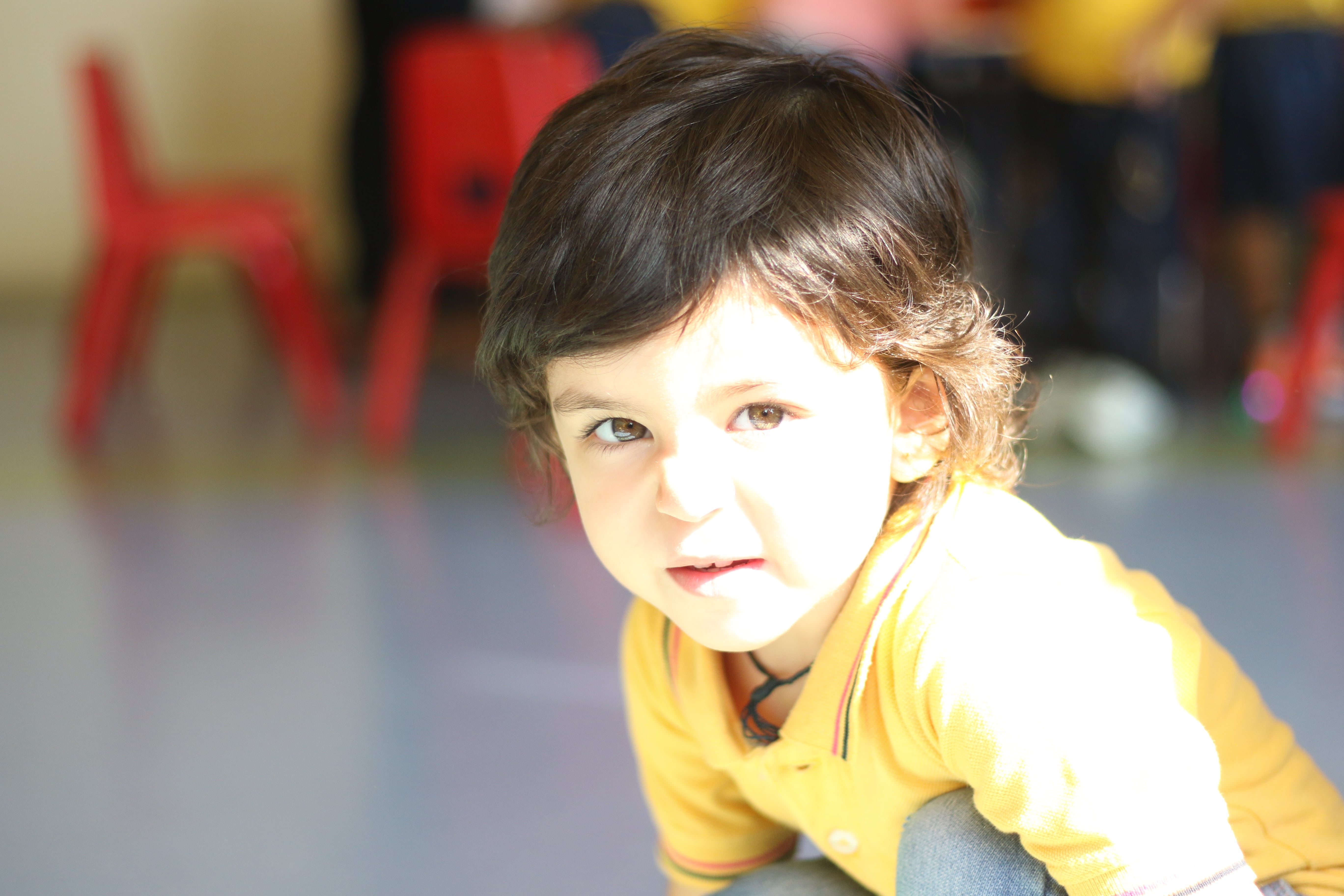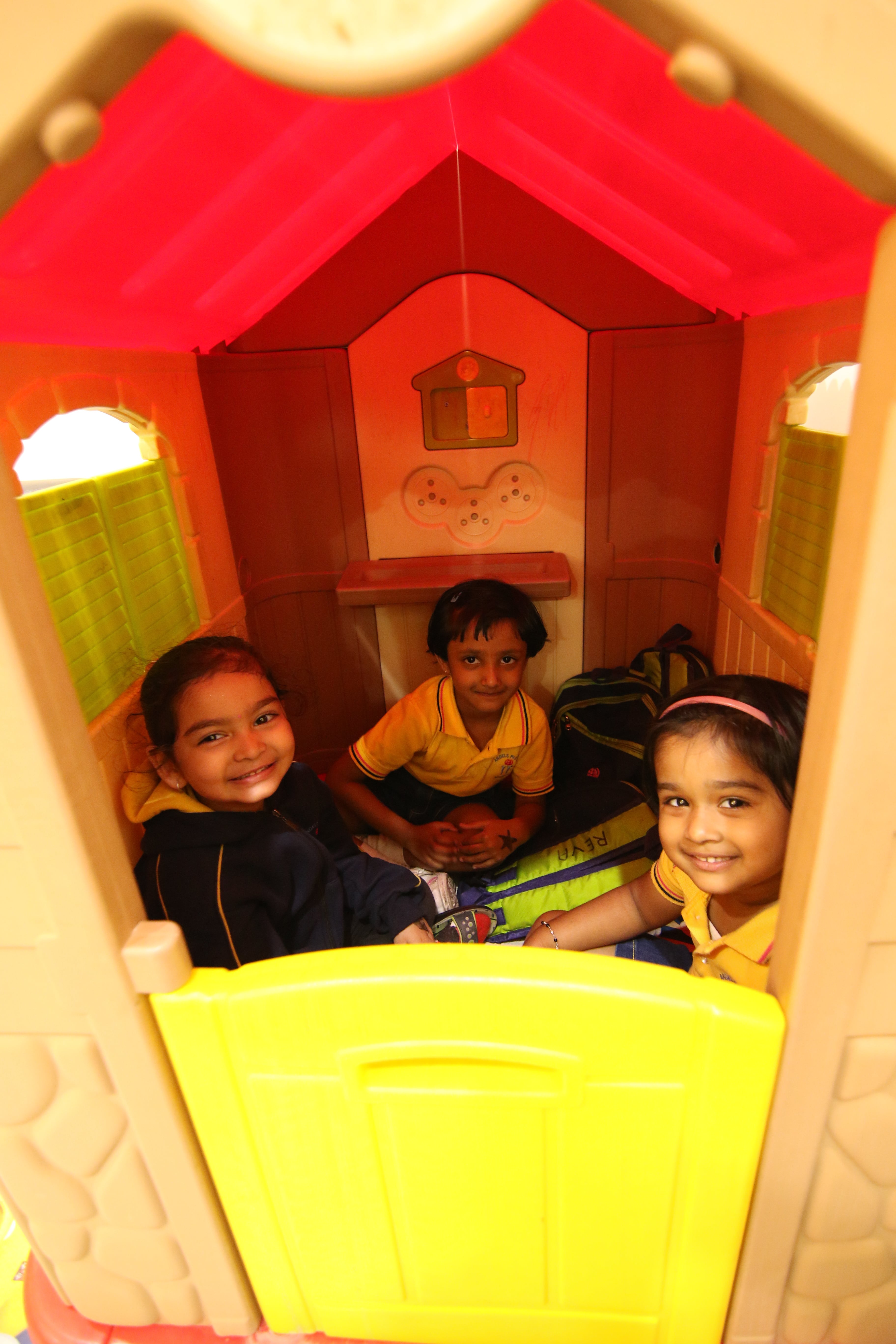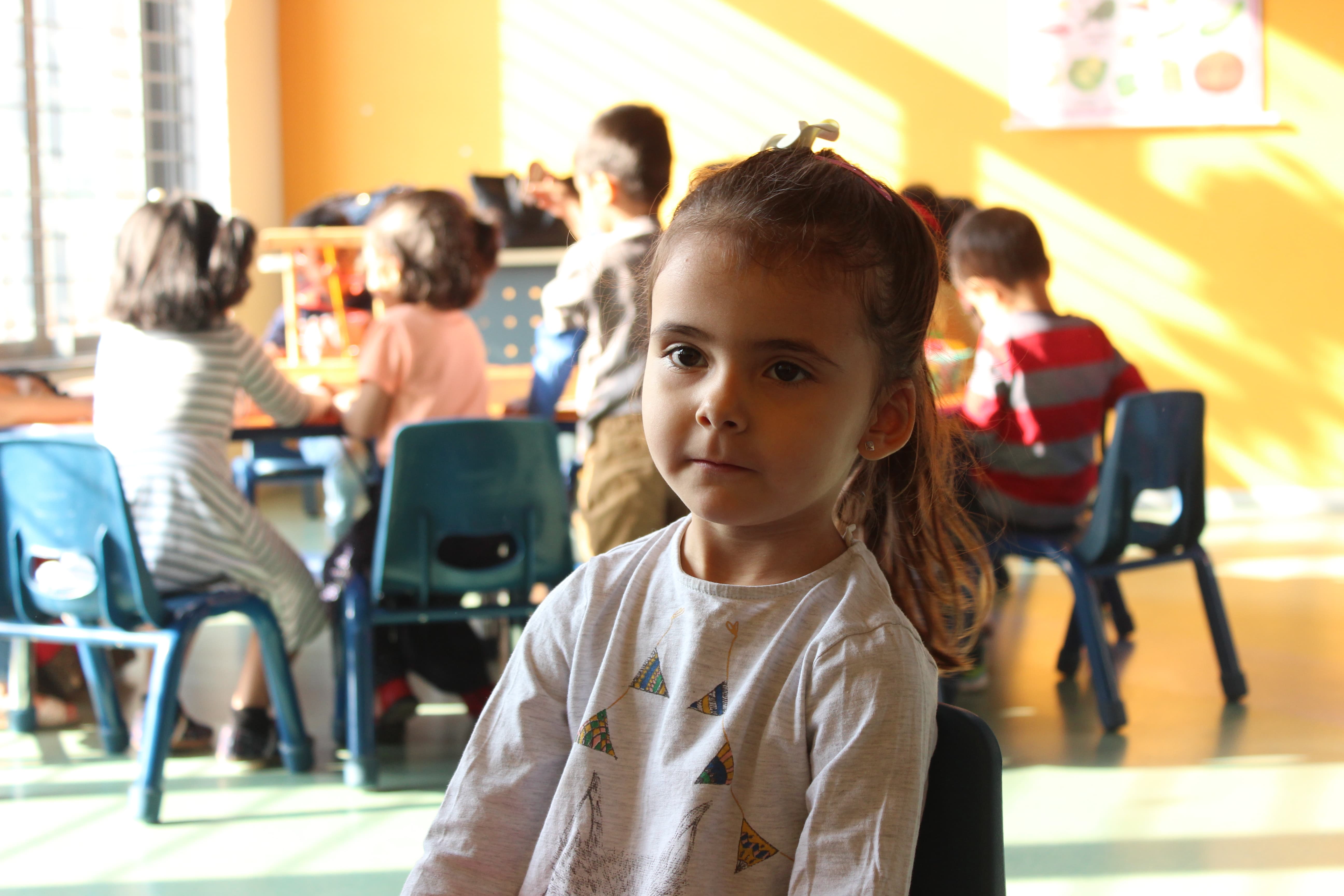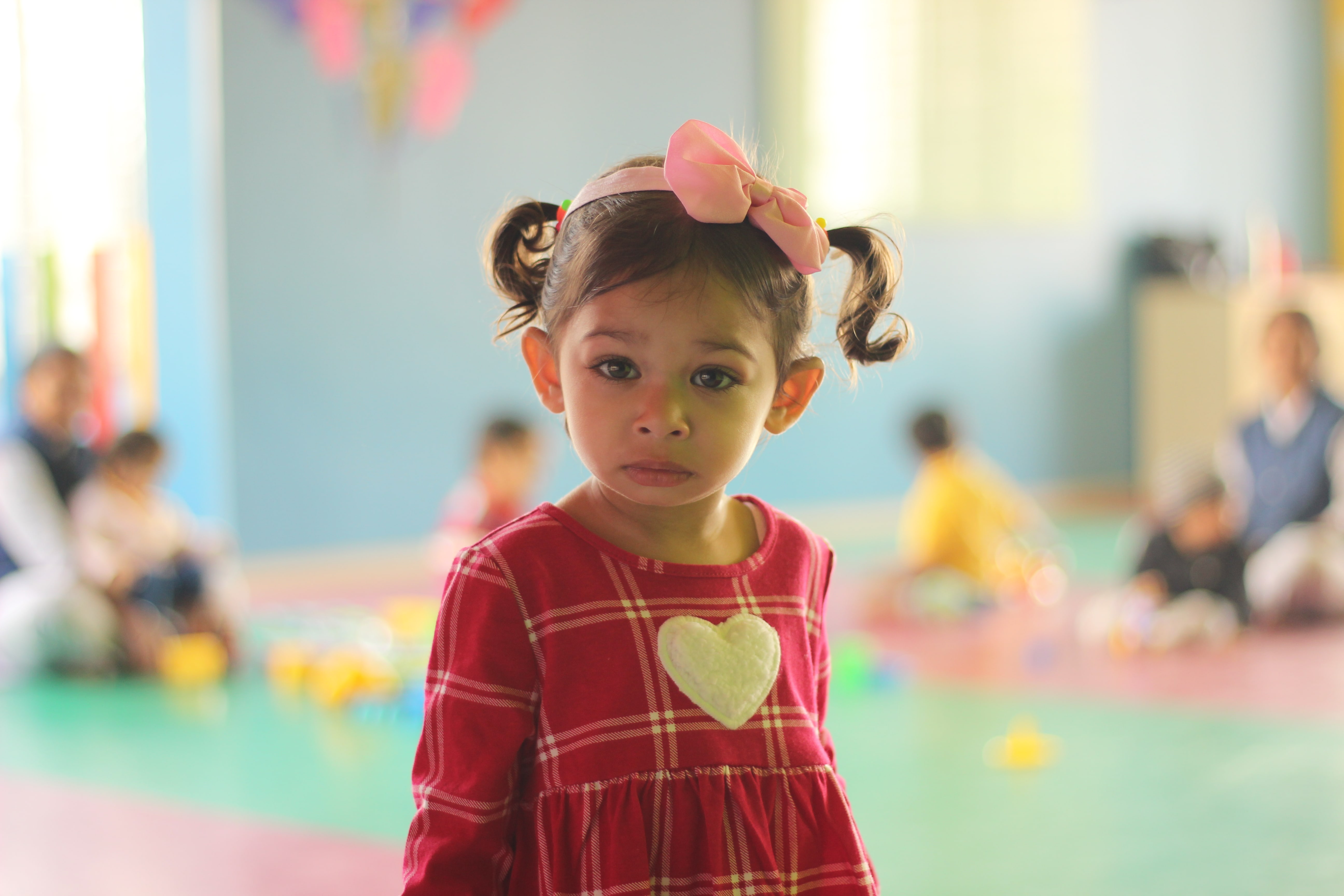
PRESCHOOLERS AND SIBLING RIVALRY
Sibling rivalry is the jealousy, competition and fighting between brothers and sisters. It is a concern for almost all parents of two or more kids. Problems often start right after the birth of the second child. Sibling rivalry usually continues throughout childhood and can be very frustrating and stressful to parents.
Fortunately, there are lots of things parents can do to help their kids get along better and work through conflicts in positive ways.
Further, most likely your kids’ relationship will eventually develop into a close one. Working things out with siblings gives your children a chance to develop important skills like cooperating and being able to see another person’s point of view.
Now let us look in to the causes of sibling rivalry:
- Each child competes to establish their individuality and do things to garner attention from parents and relatives. They want to show that they are different from their siblings.
- A child may feel that his/her relationship with the parent is threatened on the arrival of the new child in the family.
- Sibling rivalry might begin when the child feels that he/she is getting unequal amount of attention and responsiveness.
- Children may not know positive ways to get attention for a sibling or how to start playful activities, so they pick fights instead.
- Children often fight more in families where parents think aggression and fighting between siblings is normal and an acceptable way to resolve conflicts.
- Not having time to share regular, enjoyable family time together (like family meals) can increase the chances of children engaging in conflict.
- Stress in the parents’ lives can decrease the amount of time and attention parents can give the children and increase sibling rivalry.
- Stress in your children’s lives can shorten their fuses, and decrease their ability to tolerate frustration, leading to more conflict.
- How parents treat their kids and react to conflict can make a big difference in how well siblings get along.
As we just went through a few causes for sibling rivalry, as a mother of two children there are a few suggestions from my perspective that will help you deal with your child’s sibling rivalry.
- The first and the most important point is never play favourites between your children.
- Prepare your first born to welcome his/her sibling. Make him/her a part of everything you plan for the new to be born.
- Never try to compare your children with each other. Understand that each child is different and special in his/her own way and has his/her own individuality.
- Enjoy each child’s individual talent and nature and don’t label them.
- Pay attention to the time of day or other patterns in whenconflicts usually occur. Are conflicts more likely right before naps or bedtime or maybe when children are hungry before meals? Perhaps a change in the routine, an earlier meal or snack, or a well-planned quiet activity when the kids are at loose ends could help avert your kids’ conflicts.
- Teach your kids positive ways to get attention from each other. Show them how to approach another child and ask them to play, and to share their belongings and toys.
- Plan family activities that are fun for everyone. If your kids have good experiences together, it acts as a buffer when they come into conflict.
- Make sure each child has enough time and space of their own. Kids need chances to do their own thing, play with their own friends without their sibling, and to have their space and property protected.
Suggested reading for kids:
- Love You the Purplest, by Barbara Joosse. Ages 4-adult. Two brothers compete for their mom’s attention and love. She shows them she loves each of them for their special selves.
- You’re All My Favorites, by Sam McBratney. Ages 2-5. Mommy and Daddy Bear convince three worried cubs that there’s plenty of love to go around.
- Do Like Kyla, by Angela Johnson. Ages 4-9. A younger sister wants to do everything like her older sister.
- Sheila Rae’s Peppermint Stick, by Kevin Henkes. Sheila Rae taunts and torments her little sister and refuses to share her peppermint stick. Has a win-win ending.
- Naughty Toes, by Ann Bonwill. Ages 3-6 A gentle story embracing your individuality, helped by understanding and sensible adults.
Thank you
Ramya Chandrasekhar
Prep 1 Teacher and Co-ordinator








